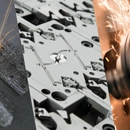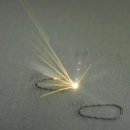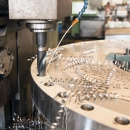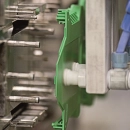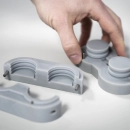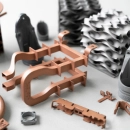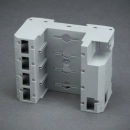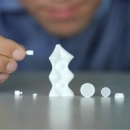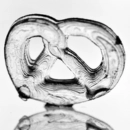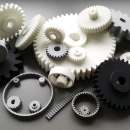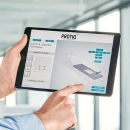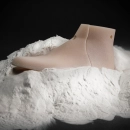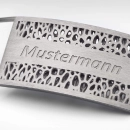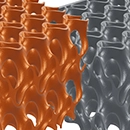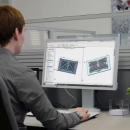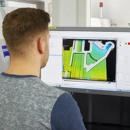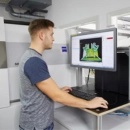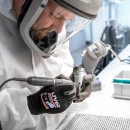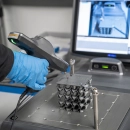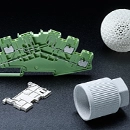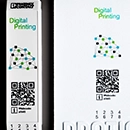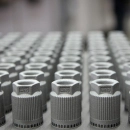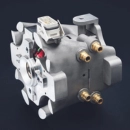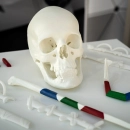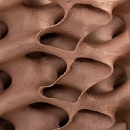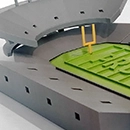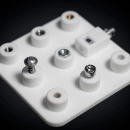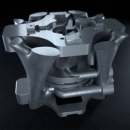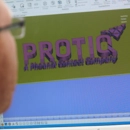Laser sintering
Laser sintering, also known as selective laser sintering (SLS), is an advanced 3D printing process that uses powder-based materials to produce components. In this process, a high-precision laser is used to selectively heat and fuse the surfaces of a plastic powder, creating a solid 3D object layer by layer.
A key advantage of laser sintering is the ability to print complex geometries and detailed structures without the need for support structures. As the unsolidified powder acts as a natural support mechanism for the printed layers, even sophisticated designs with overhangs or internal channels can be effectively realized. This makes SLS ideal for applications in the aerospace, automotive industry and consumer goods production, where design freedom and functionality are key.
The process begins with the application of a thin layer of plastic powder onto the build platform. The laser heats the desired areas to sinter and solidify the powder. The build platform then lowers slightly and a new layer of powder is applied, on which the process is repeated until the entire component is completely manufactured.
The variety of materials used in laser sintering is broad, including nylon, polyamide, and other engineering plastics that are optimized for specific applications. These materials offer excellent mechanical strength, thermal stability and chemical resistance, making them ideal for the production of functional prototypes and end products.
Laser sintering opens up considerable opportunities for series production, as it does not require mold making and can therefore shorten production times and reduce costs. In addition, the printed parts are usually extremely precise and have a uniform density and surface quality, which minimizes post-processing.
In summary, laser sintering is a highly efficient 3D printing technique that is used successfully in both prototyping and series production of robust and complex plastic parts and significantly expands the possibilities of additive manufacturing.



 Deutsch
Deutsch English
English Italiano
Italiano